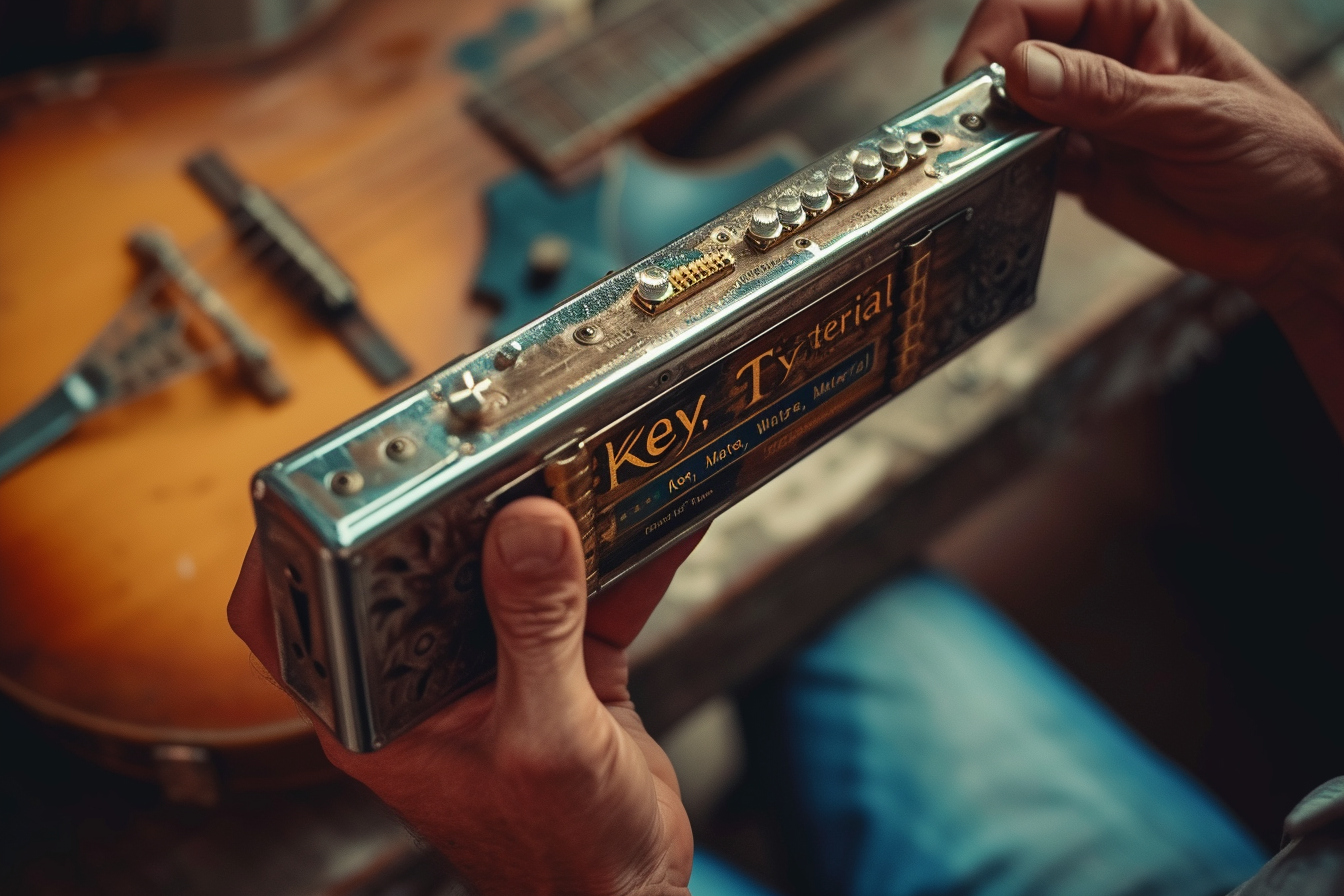Harmonicas, often considered the backbone of blues, folk, and rock music, hold a special place in the hearts of musicians and enthusiasts alike. These pocket-sized instruments are versatile, portable, and relatively affordable, making them a popular choice for both beginners and professional players. Choosing the right harmonica is pivotal to one’s musical journey, and certain key factors should be weighed carefully before making a purchase.
Understanding harmonica types
Before delving into the specifics of selecting a harmonica, it is essential to understand the different types available on the market. The diatonic harmonica, commonly used in blues, rock, and country music, is designed to play in a specific key. A chromatic harmonica features a button-activated sliding bar that allows players to access all notes of the chromatic scale, making it well-suited for jazz and classical genres. Tremolo and octave harmonicas, with their unique sound, are mainly used in traditional music of Asia and Europe. Each type serves a distinct purpose, and the choice depends largely on the genre and style the musician intends to play.
Key considerations for harmonica selection
Key and tuning
Selecting the right key is based on the music you intend to play. Diatonic harmonicas come in various keys, with C being the most common and suitable for beginners due to its ease of learning. For playing along with a band or recorded music, one must choose a harmonica that matches the key of the songs. Professional players often have a collection of harmonicas in different keys to cover a wide range of tunes. Additionally, alternate tunings such as natural minor or harmonic minor can offer unique sounds and should be selected based on musical preference.
Material and build quality
The material used in harmonica construction greatly influences the sound and durability. Traditional models with wooden combs are favored for their warm tone but may swell and shrink with changes in humidity. Plastic combs offer resilience to weather conditions and are easier to maintain. Metal combs, typically found in premium models, provide a bright sound and sustain. The quality of the reeds, normally made of brass or stainless steel, affects the responsiveness and lifespan of the instrument. High-quality materials are a worthwhile investment for serious musicians.
Comfort and playability
A harmonica should feel comfortable in hand and mouth. The shape of the cover plates and the comb’s edges can impact how the instrument feels against the lips during extended play. Heavier harmonicas may offer a robust feel, but may also cause fatigue over time. Test different models to ensure the harmonica’s playability aligns with your performance style. Consider instruments with smooth, rounded edges and appropriate weight for maximum comfort.
Brand and manufacturer reputation
The brand name often speaks to the quality and reliability of a harmonica. Renowned manufacturers have a history of producing consistently high-quality instruments with good customer support. It is beneficial to conduct research on harmonica brands, read reviews, and ask for recommendations from experienced players. Though more expensive, reputable brands often provide better build quality, sound, and durability, potentially making them a smarter long-term investment.
Customization and maintenance
Harmonicas are susceptible to wear over time, and ease of maintenance should be a consideration. Some models are designed for easy disassembly, allowing players to clean or replace reeds individually. Customizable options may include replacement reed plates or custom tunings, enabling musicians to personalize their instruments. Consider harmonicas designed with maintenance in mind to ensure a longer lifespan and consistent performance.
Budget and value
With a wide range of prices, harmonicas cater to every budget. Beginners might opt for entry-level models that offer good value for money, while professionals may invest in high-end instruments. It’s crucial not to compromise on quality for the sake of price, particularly if playing harmonica is more than a casual hobby. An intermediate-priced harmonica can often provide the best balance of cost, quality, and features.
Special considerations for beginners vs. professionals
beginners
Those new to the harmonica should prioritize ease of play, comfort, and educational resources. A quality entry-level diatonic harmonica in the key of C can serve as an excellent starting point. It is often beneficial for beginners to select harmonicas that come with tutorials, books, or online resources to help them through the early stages of learning.
professionals
Seasoned players will look for superior sound quality, advanced features, and customization opportunities. As professionals might use their harmonicas in various settings, from studio recordings to live performances, selecting instruments capable of delivering consistent and versatile sound is essential. They may also require a greater variety of keys and tunings to suit an expansive repertoire.
Final reflections

Embarking on the quest to find the perfect harmonica is a journey that should be taken with careful consideration of the aforementioned factors. While certain elements like key, material, and comfort have universal importance, the ideal harmonica is ultimately one that aligns with the musician’s personal needs, preferences, and aspirations. Players are encouraged to thoroughly explore, test, and compare different harmonicas to uncover the one that resonates best with their musical voice and enhances their expressive capabilities. Through meticulous selection, musicians of all levels can find the harmonica that, quite literally, plays to their tune.
In the realm of harmonicas, the notion of perfection is as unique as the individuals who wield these expressive instruments. With diligence and thoughtful consideration, each harmonica can become a vessel through which stories are told, emotions are shared, and music breathes life into the silent air.
With a focus on providing a detailed analysis, this article has aimed to assist musicians in navigating the intricate process of selecting a harmonica that fulfills their artistic demands. It is hoped that the insights presented here will empower readers to make informed decisions, enabling them to express their musicality with an instrument that feels like an extension of themselves. Remember, the journey towards musical mastery begins with the right tools, and a well-chosen harmonica can be the steadfast companion on this creative voyage.

Leave a Reply